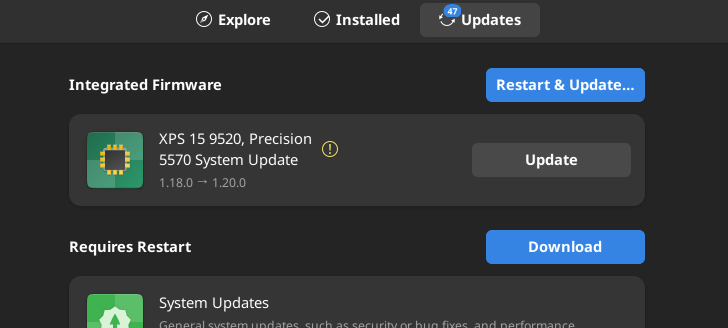She's using a Samsung android phone with Family Link, it's meh but does it's job. I'm looking into limiting screen time more than content restrictions, and having the total screen time across all devices in a centralised service is very much what I'm looking for.
brunofin
This is very cool
My daughter has ADHD and if we don't limit her screen time she can literally spend the whole day sitting and watching Minecraft videos, and then later she gets very grumpy, so yeah while I absolutely hate having to do it, it's more for her own health than content exposure (not blocking websites and app installation other than by age recommendation).
Can't wait to add this to my transitions blue light filter colour blind prescription smart glasses.
Lol read and understand it.
Actually getting better. I got COVID 11 weaks ago and just now I can really say I am finally starting to feel better. Most of the anxiety is gone, the only thing bothering me at this point is pain in my chest, which seems to not go away for some reason, but I'll get there eventually.
I can't use 6.7 because of Microsoft of all reasons. https://github.com/microsoft/mssql-docker/issues/868
On GNOME you can try Hanabi it's still in its infancy but it's pretty good https://github.com/jeffshee/gnome-ext-hanabi
I've been doing some flatpak packaging last month following the Flathub tutorial, and somehow in my gnome software now I have the option to install flatpaks as user in the drop-down. Something about the remotes that I needed to change to test the flatpak files I generated.
Windows, then Ubuntu when I started Computer Science, then Linux Mint, and I've been hopping back and forth between both but mostly Mint, then for a while also KDE Neon, then I decided to leave my comfort zone and tried Fedora, and never looked back.

Seems like this topic got lots of attention over night, I really appreciate it!
It looks like there's really no solution for what I'm looking for, even if I'd move to windows I don't think I'd get what I want. Apparently only Apple has that but I'm not sure, never owned an apple device.
Seems like this would be a cool project to work on, cross platform cross device parental control with Linux as a first class citizen.